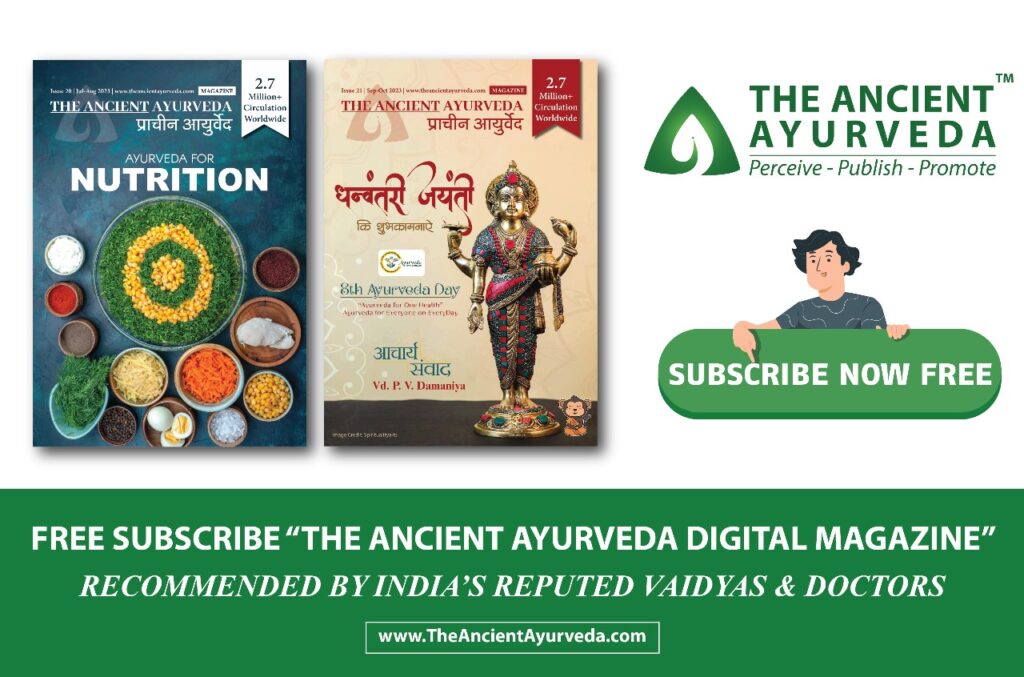
Ayurveda, the “Science of Life” or Longevity, is the holistic alternative science from India and is more than 5000 years old. According to Indian mythology, the knowledge of Ayurveda was first perceived by Brahma and then handed down to Daksha Prajapati then to the Ashwin twins (the divine doctors), then passed to Indra. The trail after Indra varies according to different ancient Ayurveda texts.
According to Shurshrut Samhita, Lord Dhanavantri learnt from Indra and taught it to Shushrut and other scholars. According to Charak Samhita, Atreya and other seers learnt it from Indra. As per Kashyap Samhita, Indra taught Ayurveda to Kashyap, Vashistha, Atri and Bhrugu. According to Ashtang samgrah, Indra imparted the knowledge of Ayurveda to a group of Scholars consisting of Dhanvantari, Atreya, Bhardwaj, Nimi and Kashyap. According to Aashtang Hridaya and Bhavprakash Samhita, Indra passed Ayurveda to Atreya and others who further gave it to Agnivesha etc. According to Brahma Vaivarat Puana, Bhaskara composed Ayurveda as the fifth Veda on the advice of Prajapati and passed it to his 16 disciples. While Charan Vyuha and Prasthana bheda described Ayurveda as a Upveda of Rgveda.
Schools of Ayurveda: There are two schools of thought in Ayurveda
- School of Surgery or School of Dhanvantari
- School of Medicine or School of Atreya
Classics of Ayurveda:
There are two sets of classics in Ayurveda which consists of three classical texts:
Classics Classical Texts Brihatrayi Charak Samhita Shushrut Samhita Ashtang Hridaya Laghutrayi Madhav Nidan Bhavprakash Samhita Sharangdhar Samhita
Ayurveda, the term is made of two words- AYU and VEDA which literally means the knowledge of long life. Ayurveda is the oldest existing medical system of India which dates back to the Vedic period. Ayurveda has flourished over 5000 years because of its own unique and original fundamental principles which seem to be even more relevant in the context of modern lifestyle. There is an increasing eagerness to know about all aspects of Ayurveda in the present era all over the globe. Ayurveda has a holistic preventive and curative approach where the aim is not only to curb the disease of ill but also to maintain the physical, mental and spiritual health of a healthy person.

The Ayurvedic classics describe eight well developed clinical branches of Ayurveda:
-
Kaya Chikitsa- Medicine
-
Shalya Tantra- Surgery
-
Shalakya Tantra- ENT and Ophthalmology
-
Koumarbhritya- Paediatrics and Obstetrics
-
Agad Tantra- Toxicology
-
Bhut Vidya- Psychiatry
-
Rasayan- Rejuvenation therapy and geriatrics
-
Vajikaran- Sexology (Including Aphrodisiac for better progeny)
In upcoming articles, you will learn more in detail about each branch.

